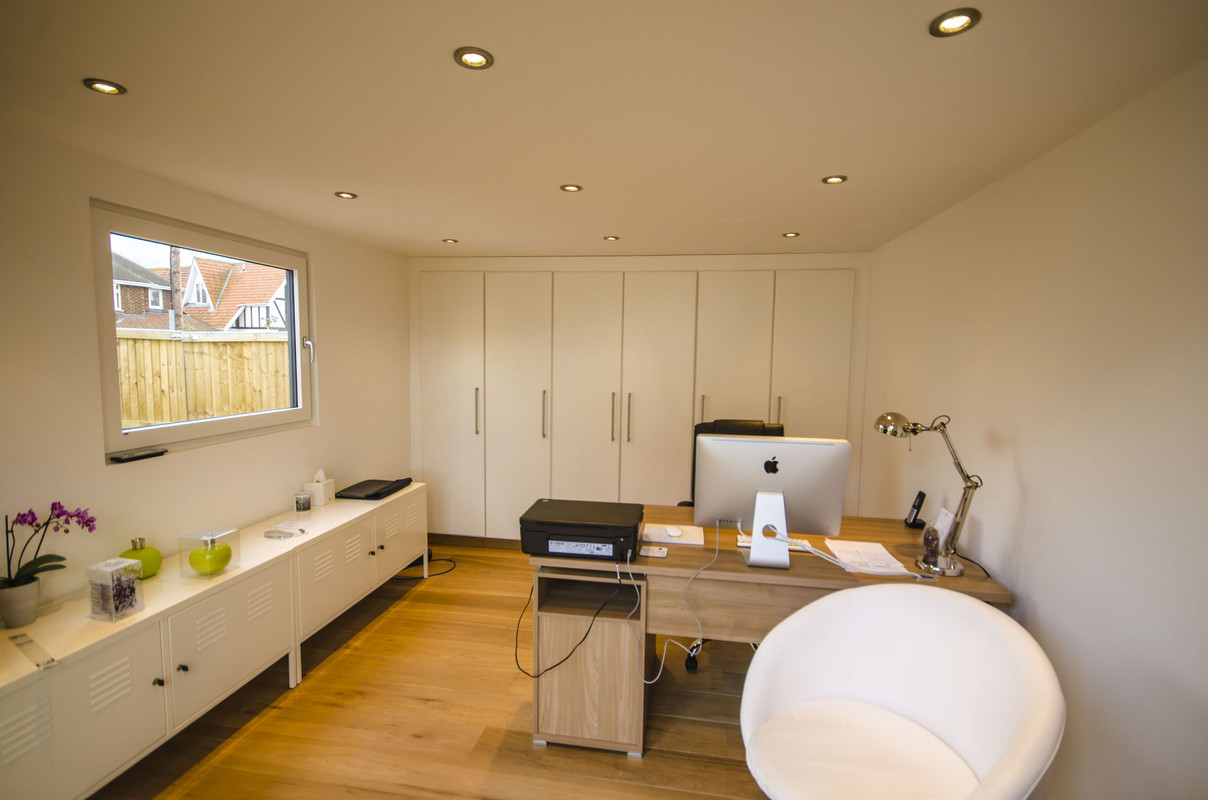Top 7 Mistakes to Steer Clear of When Selecting Wooden Outdoor Structures
Top 7 Mistakes to Steer Clear of When Selecting Wooden Outdoor Structures
Blog Article

1. Not Considering the Right Type of Timber
One of the biggest errors people make is opting for the wrong type of timber. Different woods have different levels of resilience, resistance to weather, and upkeep needs. High-quality woods like Western Cedar are ideal choices because they by design resist decay and termites, making them ideal for outdoor use.2. Not Considering Nearby Weather Conditions
The United Kingdom’s variable weather can damage garden structures. Failing to factor in how precipitation, wind, and climate changes will impact your timber structure can lead to premature degradation. Make sure to go with weather-resistant wood and sealants to ensure longevity.3. Neglecting Proper Base Preparation
A typical oversight is failing to set up a stable foundation. Wooden buildings, especially storage sheds, need a balanced and reinforced base to prevent issues like buckling and shifting. A badly constructed base can cause long-term structural issues, so focusing on proper foundation work is key.4. Opting for the Wrong Size
Many homeowners either underestimate or misjudge the dimensions of their timber outdoor units. Undersized, and you might run out of space; too big, and it could overwhelm your garden. Before making a purchase, carefully assess the usable area and think about how you’ll utilize the unit in the coming years.5. Overlooking Upkeep
Timber requires regular care to stay in optimal shape. Forgetting to consistently coat, varnish, or weatherproof your timber building can lead to discoloration, decay, or insect problems. If you want a hassle-free choice, choose pre-treated materials that requires less care.6. Skipping Professional Installation
While DIY projects can be rewarding, building a timber addition without skilled guidance can lead to safety problems. Consulting experienced professionals ensures proper setup, preventing hassle, stress, and future fixes down the road.Conclusion
Avoiding these avoidable pitfalls will help you own a timber outdoor structure that is durable, useful, and visually appealing. If you're seeking professional advice and high-quality service, consider reaching out to the experts in garden office paisley tailored solutions that match your needs. Report this page